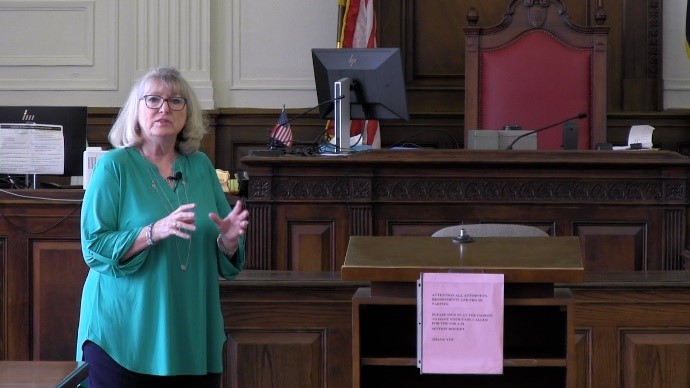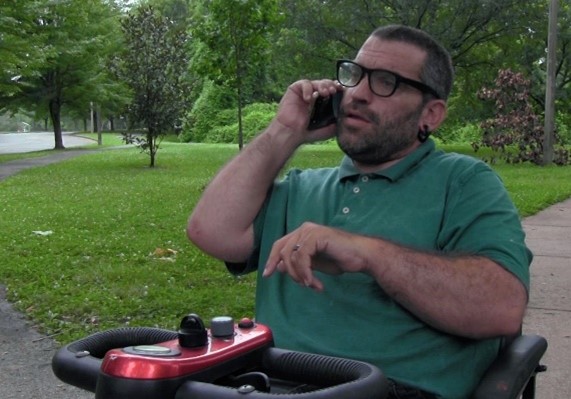Missouri's UCEDD Develops "After Abuse: Resources for Missourians with Disabilities"
January 16, 2024

|
Knowing what to expect after experiencing any kind of abuse can be difficult – no matter whether the abuse is verbal, physical, sexual or financial. For individuals with an intellectual or development disability, navigating the state reporting and investigation process can be overwhelming.
 The University of Missouri-Kansas City’s Institute for Human Development, the University Center for Excellence in Developmental Disabilities for the state of Missouri, in cooperation with the Missouri Developmental Disabilities Council, has published a new online resource called After Abuse: Resources for Missourians with Disabilities to help people with disabilities learn about abuse and what happens when it is reported.
The University of Missouri-Kansas City’s Institute for Human Development, the University Center for Excellence in Developmental Disabilities for the state of Missouri, in cooperation with the Missouri Developmental Disabilities Council, has published a new online resource called After Abuse: Resources for Missourians with Disabilities to help people with disabilities learn about abuse and what happens when it is reported.
The After Abuse map focuses on four phases – each with a toolkit that includes a printable guide, video and Easy Reader to help survivors understand their rights, their choices and where they can go for help and support.
The phases include:
- Abuse Happened: Teaches the types of abuse and helps individuals recognize when they have experienced abuse.
- Tell Someone: Defines disclosure and shares ideas of who the individual might tell about the abuse, including what might happen if they tell a mandated reporter or call the state adult abuse and neglect hotline. It also describes how to recognize when someone is being a good ally.
- Gather Information: Talks about what happens during an investigation of reported abuse and gives the individual ideas for how to take care of themselves during the process, like seeking mental health support.
- What Happens Next: Describes the possible resolutions to an abuse report, helps prepare the individual, and discusses how to create a safety plan.
 Resources in each phase define important words and people to know, identify common emotional experiences, and provide state and national resources, such as crisis intervention supports, victim advocacy information, mental health supports and safety planning tools. In addition, the resources provide tips for allies trying to help someone navigate the process.
Resources in each phase define important words and people to know, identify common emotional experiences, and provide state and national resources, such as crisis intervention supports, victim advocacy information, mental health supports and safety planning tools. In addition, the resources provide tips for allies trying to help someone navigate the process.
Each toolkit was created to be accessible by using plain language, including Spanish translations for each resource, and will have American Sign Language added to each video in 2024.
“The After Abuse Map, with its supportive toolkits and videos, guides survivors and their allies through the process of understanding abuse,” says Amelia Reighard, the principal investigator for the project. “The After Abuse Project shows survivors how to make a report, participate in the investigation, and work with allies through what might happen after reporting. Once a person reports the abuse to the state investigation systems, so much is out of the individual's control. These resources highlight opportunities where survivors can make decisions regarding their personal safety, their own healing and own their own story and experience after abuse.”
For more information on After Abuse: Resources for Missourians with Disabilities, go to www.AfterAbuseMoGuide.com.







